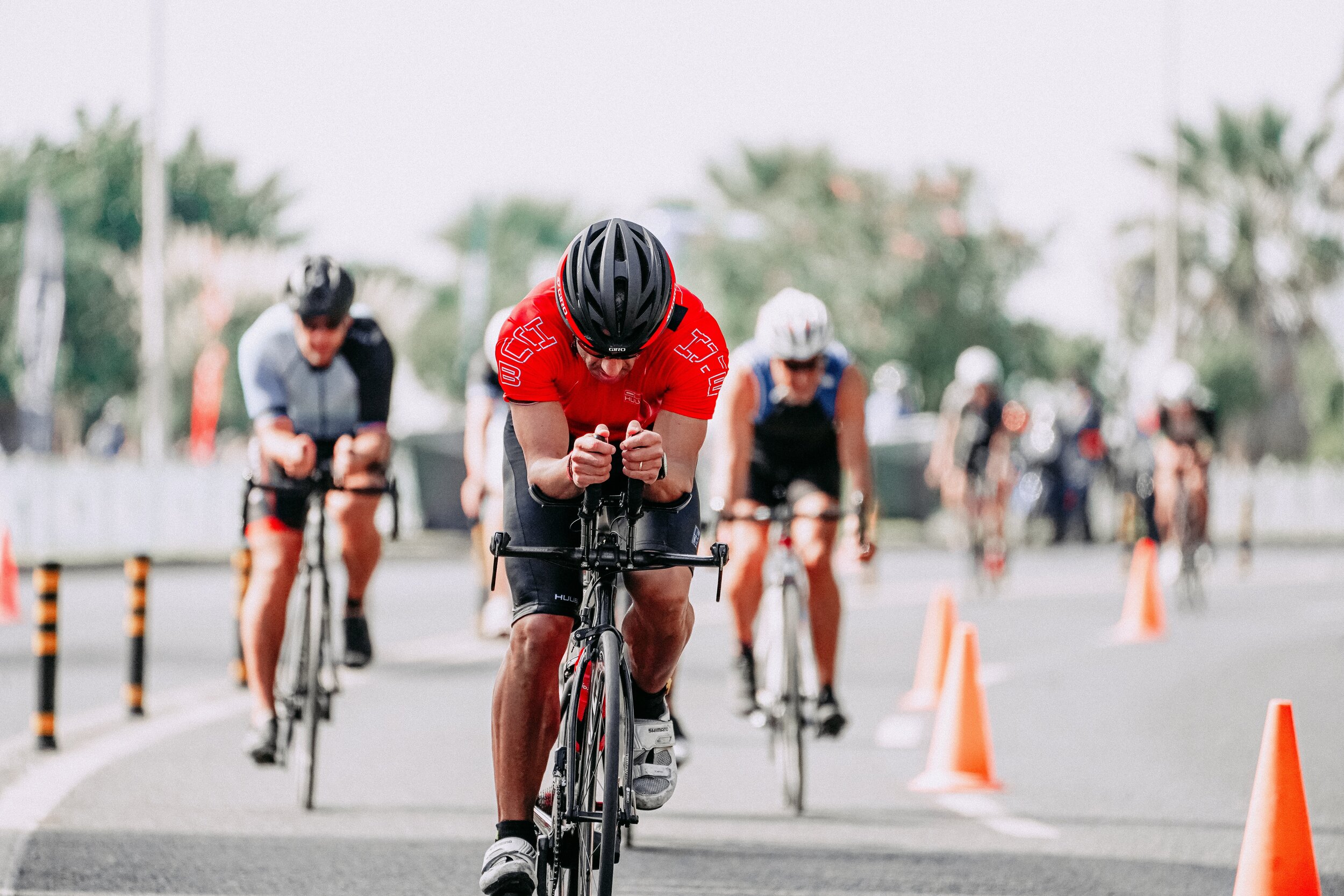Boulder is one of our country’s hubs for endurance athletes including those training for one of the race distances in triathlon. In our Physical Therapy practice we frequently evaluate and treat triathletes’ injuries allowing them to return to the high volume of training required in their sport. The vast majority of these injured athletes are performing little to no strength training or performing these exercises at a sub therapeutic threshold (too little intensity). Strength training in this population has been shown to improve swimming, cycling, and running performance, as well as, reduce an athletes risk of future injury. Our body’s tissues can only withstand as much load and stress as they are designed and maintained to handle. Strength training is the low hanging fruit for performance and injury benefits, but why do so few triathletes perform this form of exercise?
Luckin and colleagues aimed to identify some of the barriers to strength training exercise among long distance triathletes (J Strength Cond Res. 2021). Authors asked close to 400 triathletes (224 female) to complete a self administered survey on their training habits. Athletes reported an average of 15 training hours per week, but only half of all athletes reported performing any strength training. As expected, a higher percentage of males participated in strength training compared to females. Of the athletes who did not strength training, time constraints (53%) and lack of knowledge/concerns on form (53%) were the most common barriers reported. Triathletes are encouraged to work with a knowledgeable coach to balance their weekly training hours to incorporate time for strength training, as well as, a knowledgeable Physical Therapist to identify the best exercises for their bodies.

